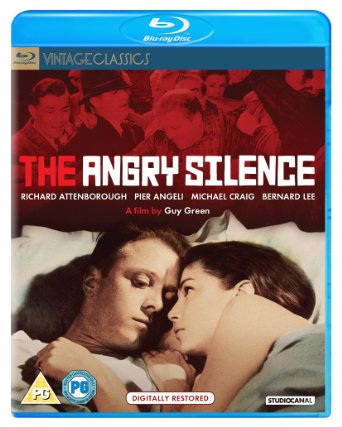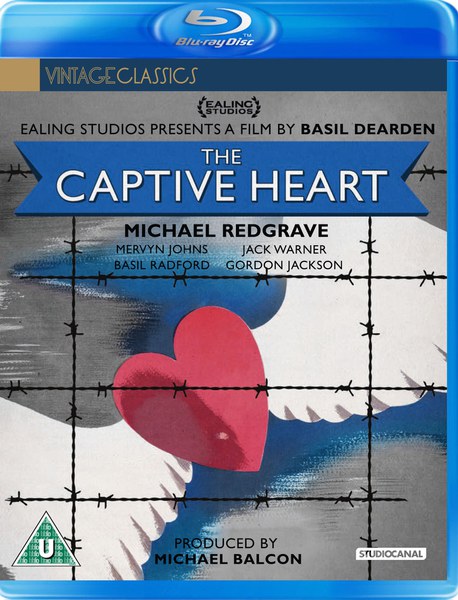After a period of considerable silence on my part, FilmJuice have my review of Terence Davies’ wonderful biopic of the American poet Emily Dickinson entitled A Quiet Passion.
It was interesting to find myself writing about Davies for the second time in five months after having spent a number of years bouncing off his films…
Whenever you acquire a passion for a particular cultural form, there is always a period in which you wind up feeling obliged to be a good citizen and, at the very least, experience the great canonical presences of the field. This gravitational pull can arise from social gatekeeping but even if you never experience a dude in a stained T-shirt snorting dismissively at your faves, you can still wind up being drawn into a cultural gravity well.
For example, once you acquire a passion for a particular cultural form, it is only natural to seek out respected commentators on that form and when those commentators all point towards the same cultural artefacts then it is quite hard to avoid engaging with those tastes and values. This is particularly obvious in the world of film criticism where an already limited range of canonical critics all tend to wind up writing about a limited range of canonical directors.
Davies is a director who sits at the bottom of quite a deep critical gravity well, which is to say that his work is respected by a lot of very respectable people and the amount of gravitational force he exerts on the culture around him means that there will always be some pressure to give his work another try, if only to try and work out what other people see in him.
I wrote about Davies’ long-awaited Sunset Song back in April and found it sorely wanting. A Quiet Passion is very similar to Sunset Song in that it is also quite dark, emotionally controlled, and oppressively internal. However, while the aesthetics of Sunset Song seemed a questionable fit for the source material, those same aesthetics turned out to be a perfect fit for the life of Emily Dickinson:
A Quiet Passion reads a lot like a critique of contemporary liberalism: It begins as a light and fluffy comedy of manners in which brilliant young women drop truth bombs on stuffy 19th Century caricatures but the comedy of manners collapses into tragedy when it turns out that material reality is immune to your zesty one-liners and epic owns. What follows is an absolutely uncompromising vision of genius and depression rooted in the realities of 19th Century life. Indeed, while many of Dickinson’s friends and family affect a form of world-weary cynicism, Dickinson expands those insights beyond the punchline and towards their logical conclusion in the realisation that society is built upon a series of monstrously unjust lies.
I went into the review-writing process rather unsure of my feelings on Davies and so I talk a bit about how I view Davies’ career and I begin to elaborate a narrative about the aesthetics of British art house film that I may wind up returning to at some later point:
The root of the problem is that Davies is a director in the great tradition of British art house film. Indeed, while many of the art films to come out of continental Europe tend towards the abstract and novelistic, British art films tend to be theatrical and rooted in social realism. To put it another way, European art film is a house built by Andrei Tarkovsky and Jean-Luc Godard whereas British art house film owes considerably more to left-leaning social realists such as Alan Clark and Mike Leigh. Unfortunately for Davies and many directors like him, the 1990s saw the economic heartlands of prestige cinema shift a lot closer to the American middle-class and while the abstract tendencies of European art film survived the transition, the British art house tradition did not.









